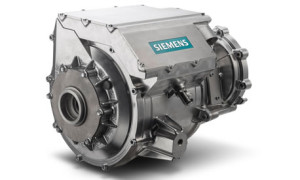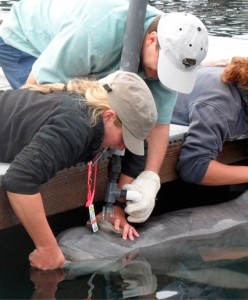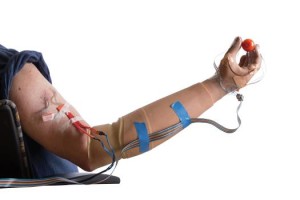The image to your right may look like a fine art print of an ocean scene at night, but it’s actually just a close-up of some dried Glenlivet 162, or for those of you who aren’t avid alcohol connoisseurs – it’s simply a photo of whiskey.
Maybe “simple” is not the best word to describe the chemical process that takes place, but the discovery that whiskey can make these beautiful images had a humble beginning.
Professional artist and photographer Ernie Button started creating photos of the patterns formed after letting a drop or two of whiskey dry at the bottom of a glass, which resulted in these clear and rhythmic images.
Though he loved the aesthetic value, Button wanted to understand why the images looked the way they looked.










